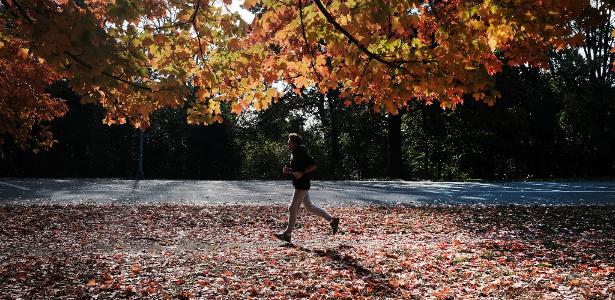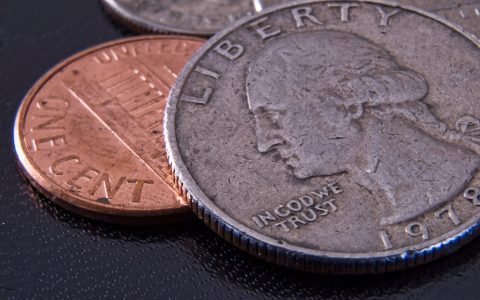
The famous autumn fall in the northeastern United States, which turns tree leaves into a multicolored palette of reds, oranges and yellows, may be in the past, warn experts that climate change is diminishing colors and their Delaying the peak.
According to conservationists, warmer temperatures and heavy rainfall keep leaves green longer, while extreme weather events such as heat waves and storms destroy trees before their time.
“Climate change is making this fall color festival more difficult,” Andy Finton, a forest ecologist working for the Massachusetts Nature Conservation Organization, told AFP.
Several factors combine to cause the leaves to turn brightly colored each October in states such as New England, Connecticut, Vermont, Maine and New Hampshire.
A perfect combination of heat and rainfall is required, followed by sunny days and cool nights, when the days begin to shorten to break down chlorophyll, revealing shades of yellow and orange.
But what bothers botanists most is the complex process by which leaves produce sugar, the red pigment in leaves like eucalyptus.
Cloud cover due to warmer days and nights and increased rainfall is slowing down photosynthesis, jeopardizing the bright colors that tourists love.
“What you’ll see are more opaque colors,” says Finton.
pests and diseases
Forest color change tourism is big business in the Northeast. According to official figures, it generates $300 million for the economy of Vermont every year.
In the fall, more than 500 people visit Polly’s Pancake Parlor in New Hampshire every day to marvel at the explosion of color in the White Mountains.
The restaurant records the date the leaves changed color from 1970.
“Autumn is a big part of our business and customers often ask when is the best time to travel,” said owner Cathy Cote, “very concerned” about climate change.
In addition, according to Pete Smith, director of an urban forestry program at the Arbor Day Foundation, the higher temperatures and humidity are helping invasive pests and diseases spread further.
“There is nothing worse for the colors of autumn than a dead tree,” he told AFP.



